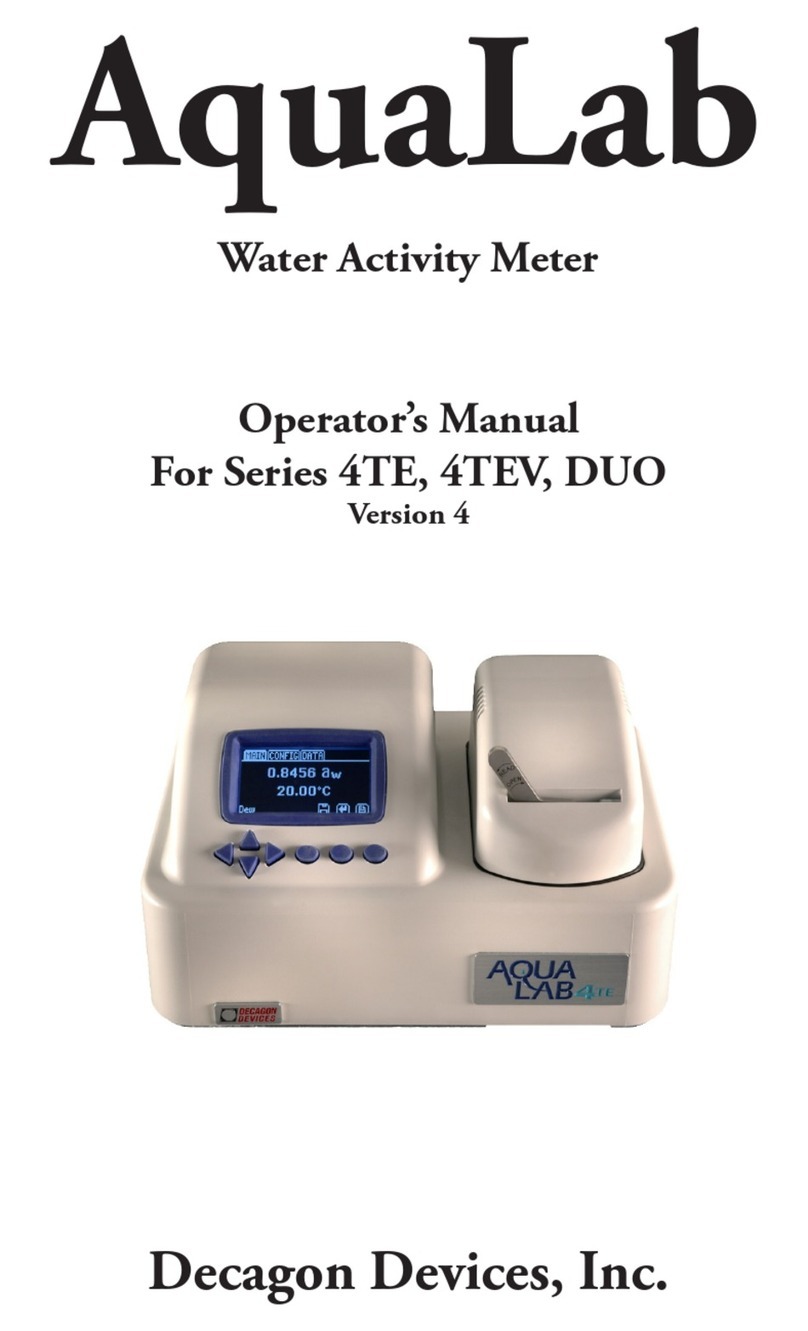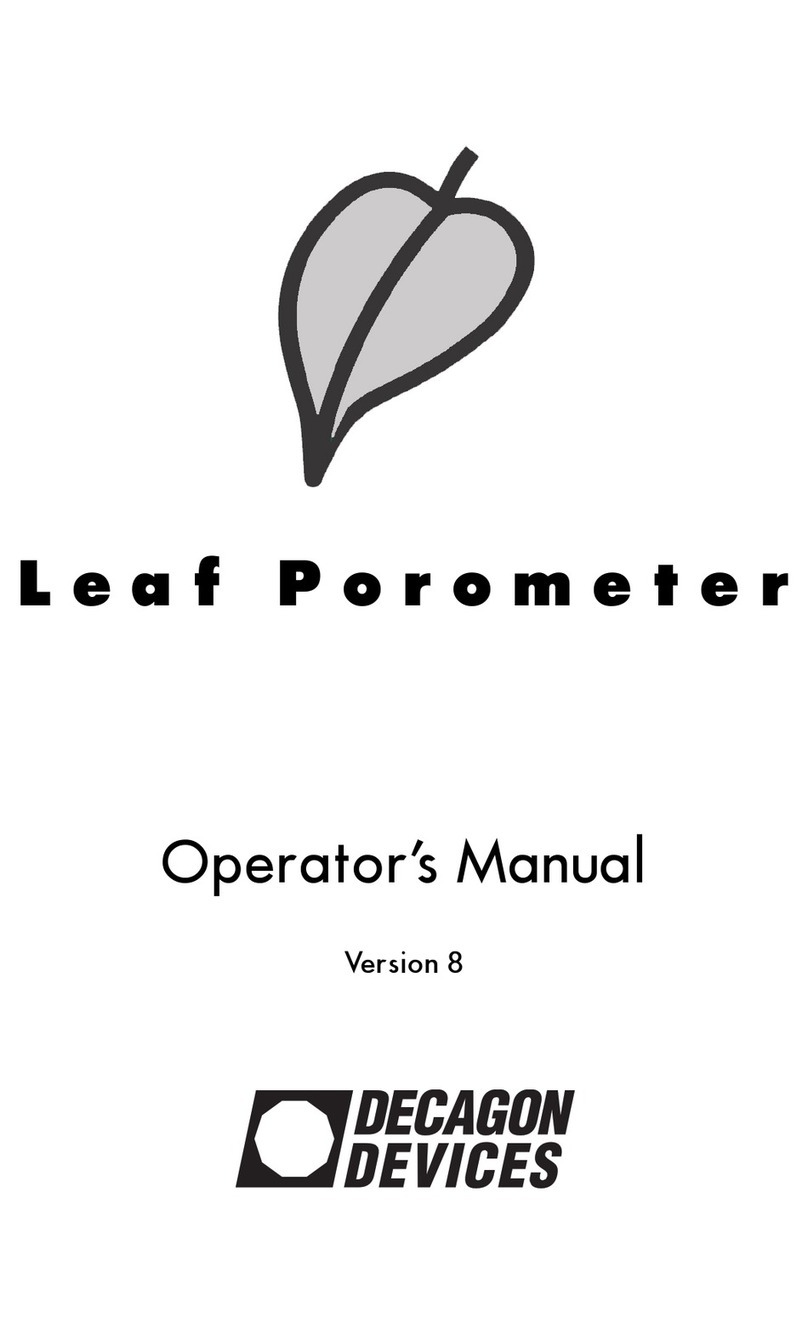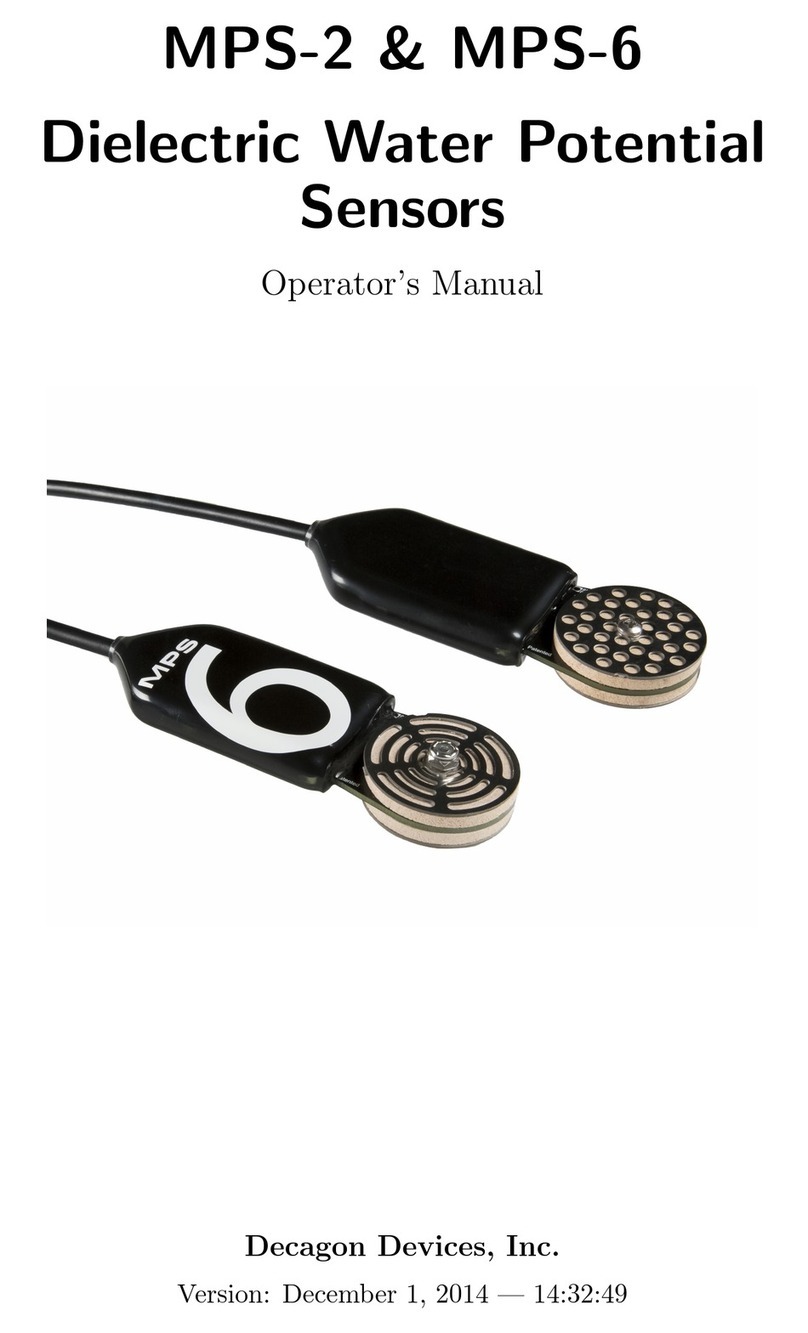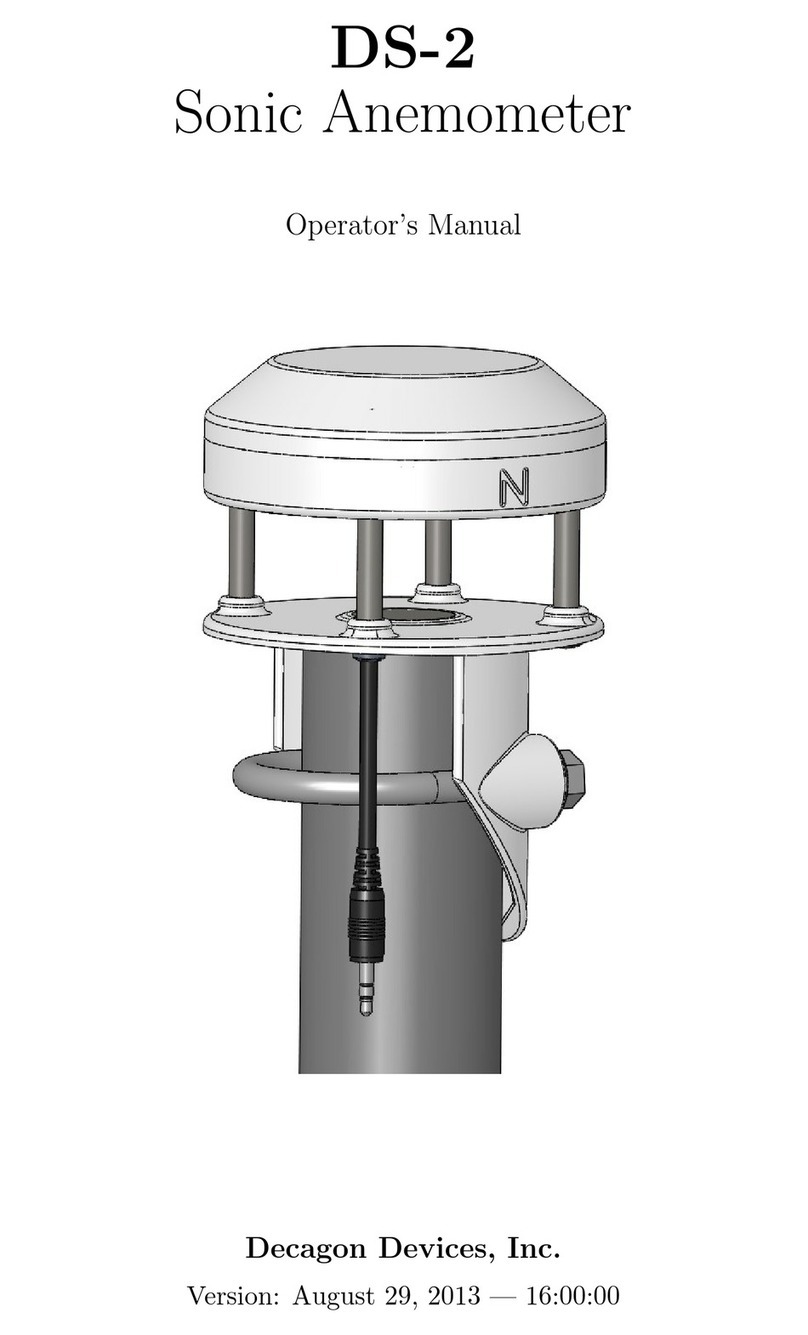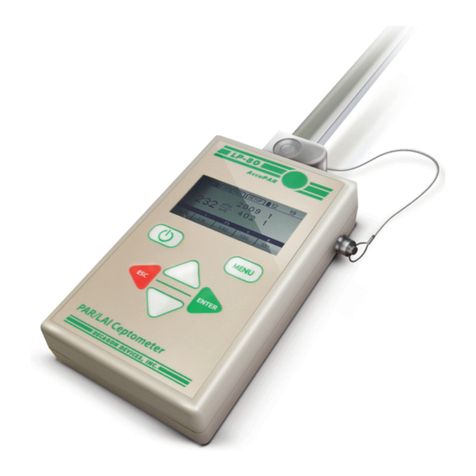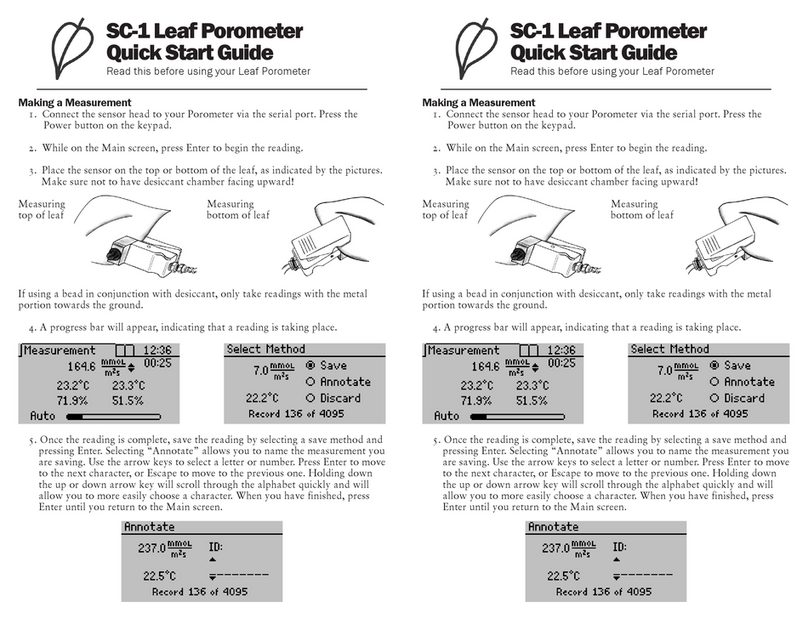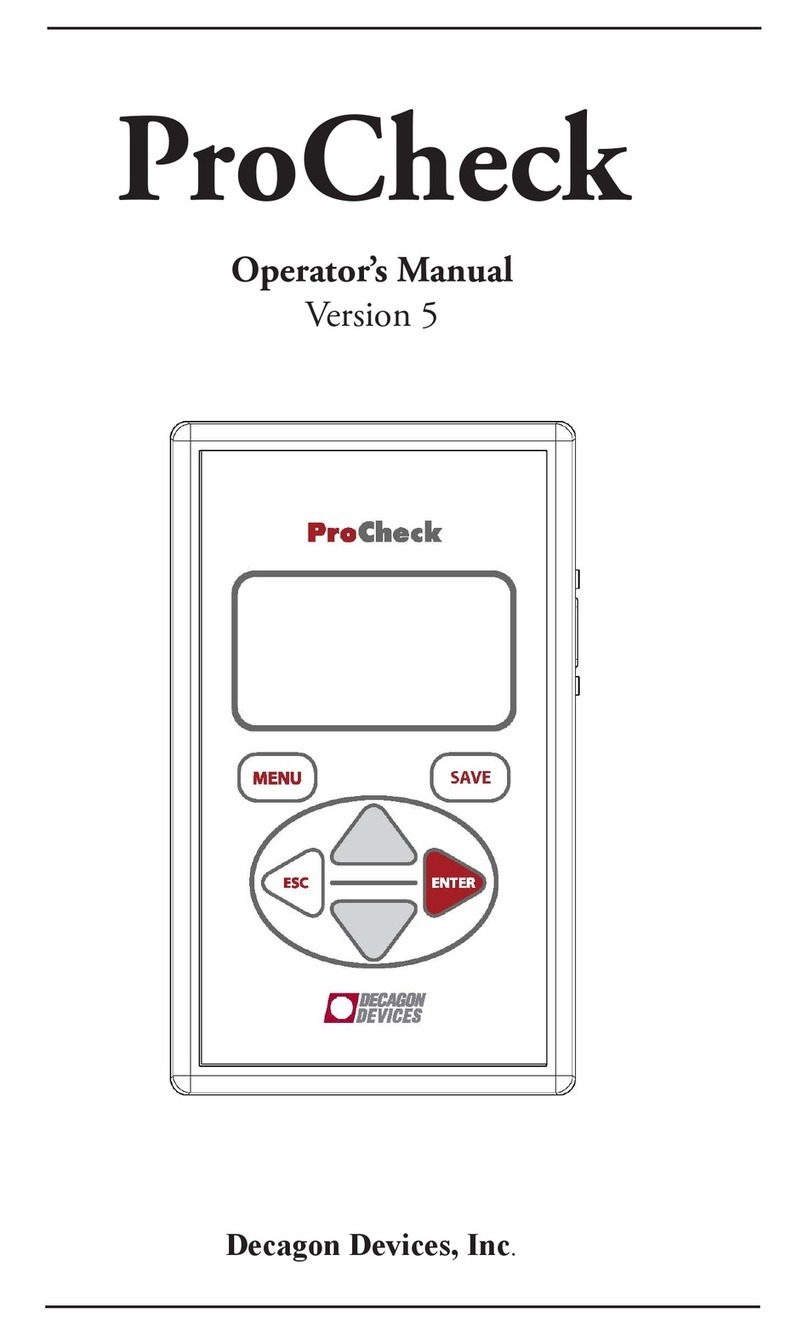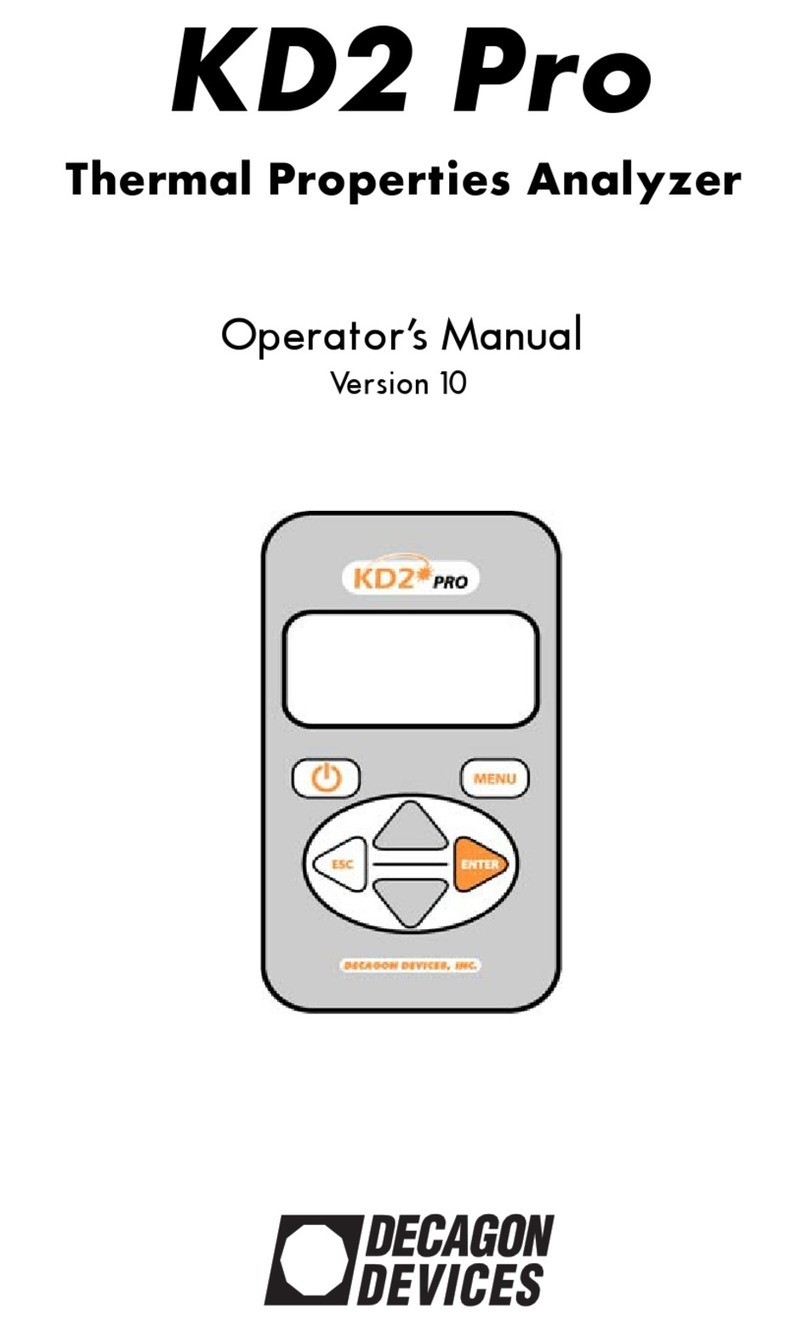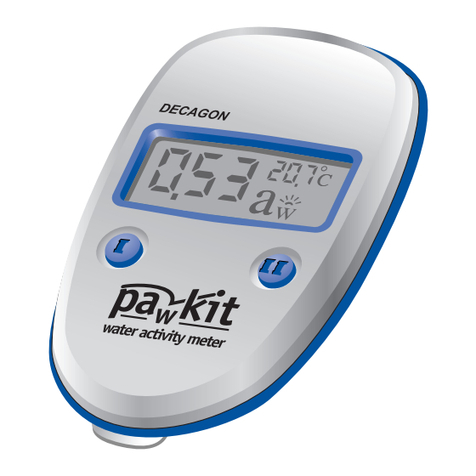WP
4C
PotentiaMeter
1. Introduction
made to ensure that the content of this manual is correct
and scientifically sound.
Seller’s Liability
Seller warrants new e uipment of its own manufacture
against defective workmanship and materials for a period
of one year from date of receipt of e uipment (the results
of ordinary wear and tear, neglect, misuse, accident and
excessive deterioration due to corrosion from any cause
are not to be considered a defect); but Seller’s liability for
defective parts shall in no event exceed the furnishing of
replacement parts F.O.B. the factory where originally man-
ufactured. Material and e uipment covered hereby which
is not manufactured by Seller shall be covered only by the
warranty of its manufacturer. Seller shall not be liable to
Buyer for loss, damage or injuries to persons (including
death), or to property or things of whatsoever kind
(including, but not without limitation, loss of anticipated
profits), occasioned by or arising out of the installation,
operation, use, misuse, nonuse, repair, or replacement of
said material and e uipment, or out of the use of any
method or process for which the same may be employed.
The use of this e uipment constitutes Buyer’s acceptance
of the terms set forth in this warranty. There are no under-
standings, representations, or warranties of any kind,
express, implied, statutory or otherwise (including, but
without limitation, the implied warranties of merchantabil-
ity and fitness for a particular purpose), not expressly set
forth herein.
